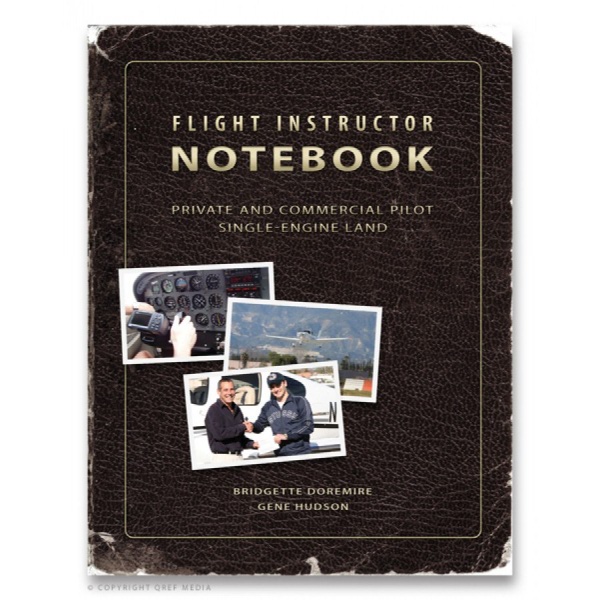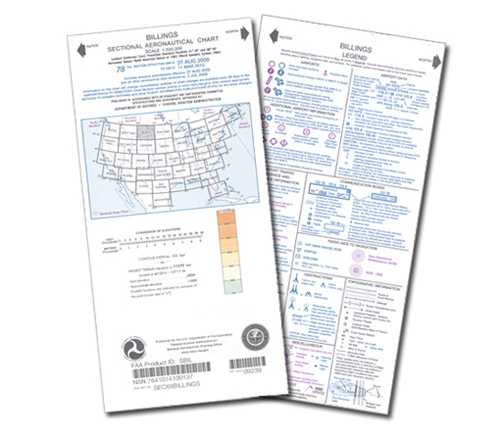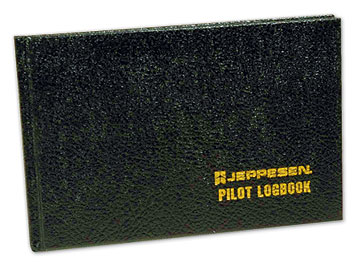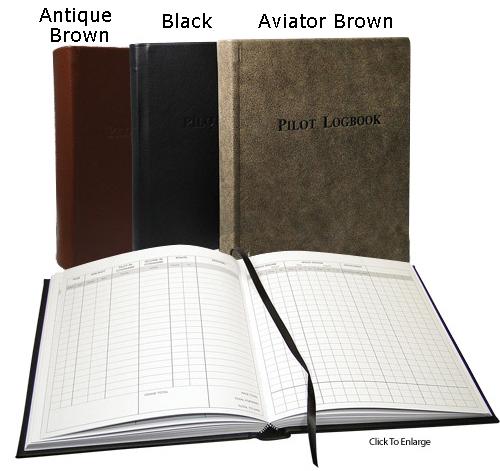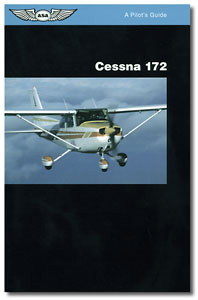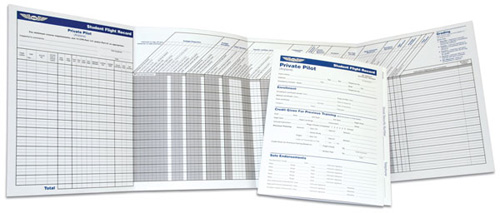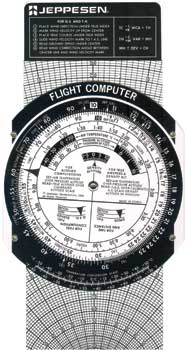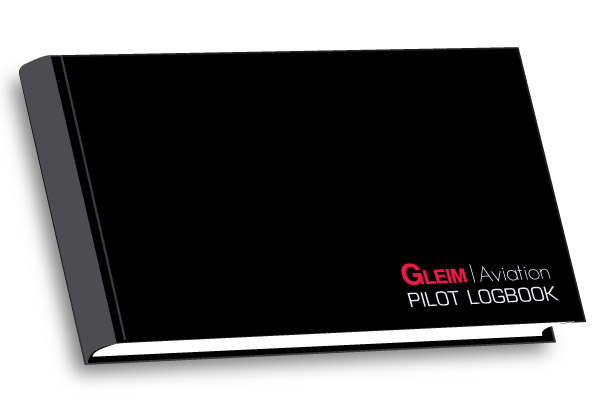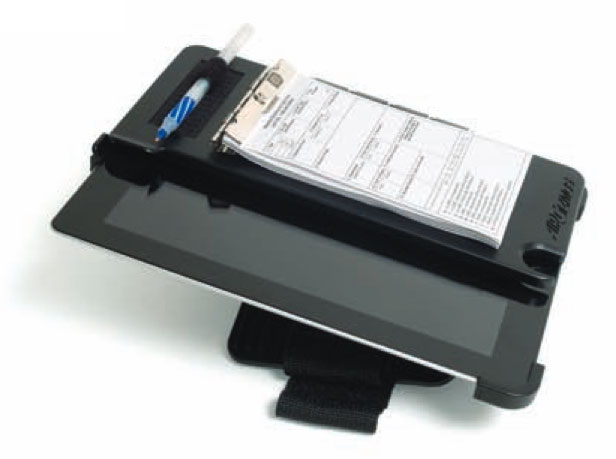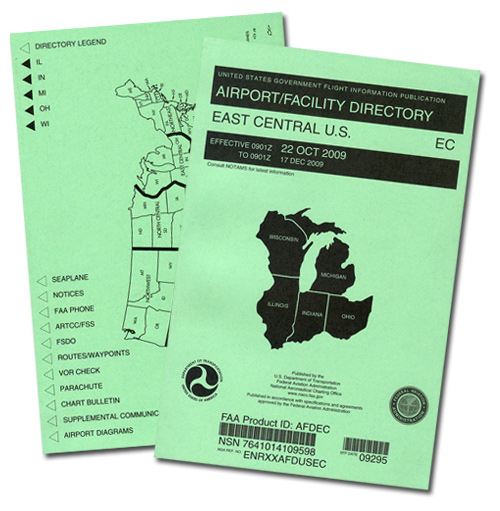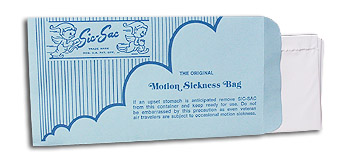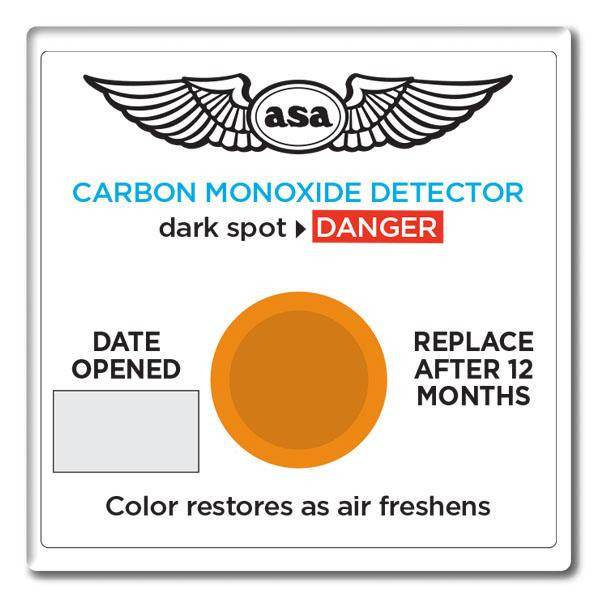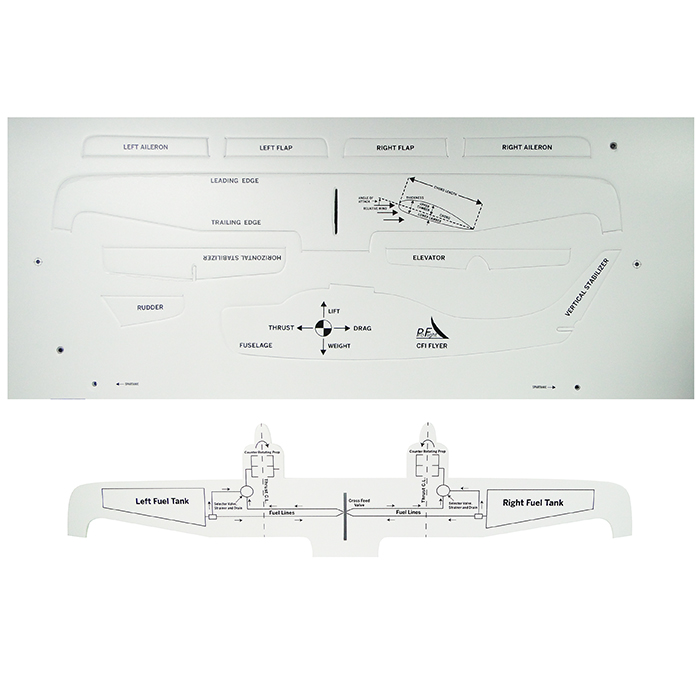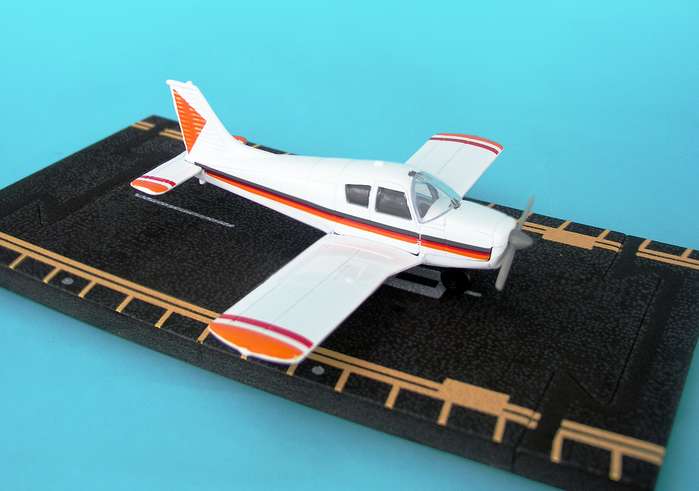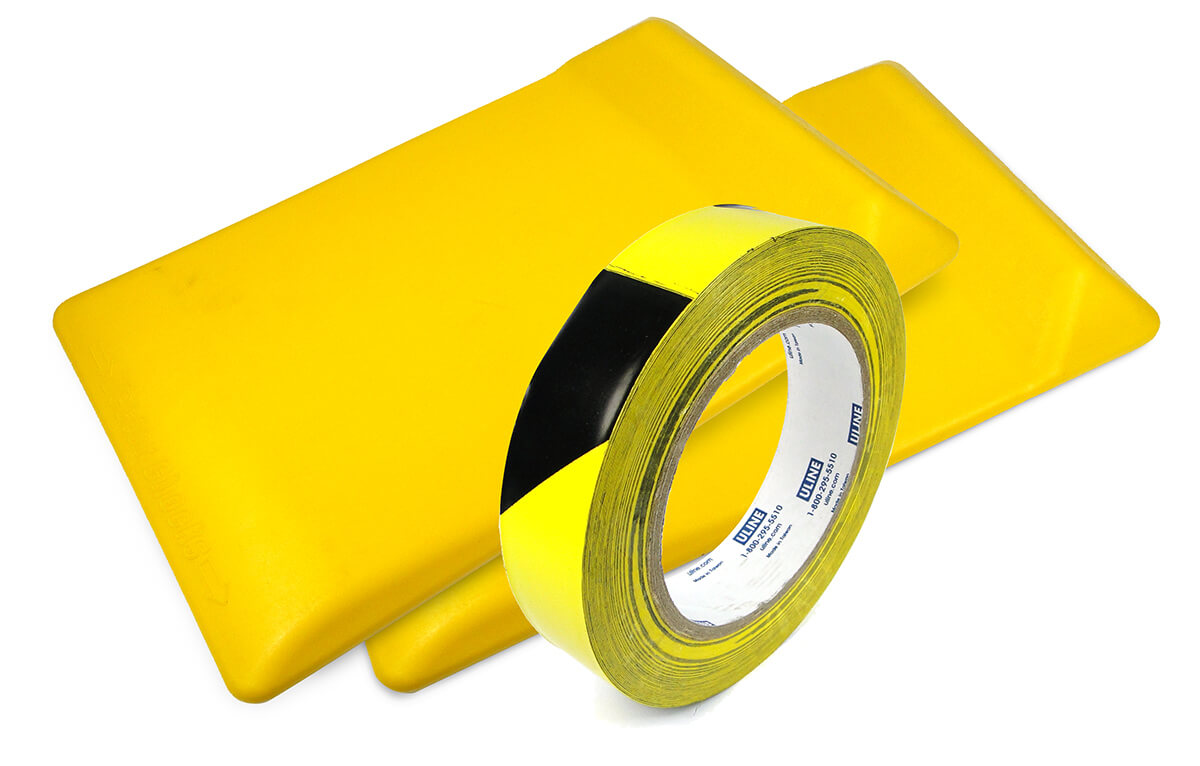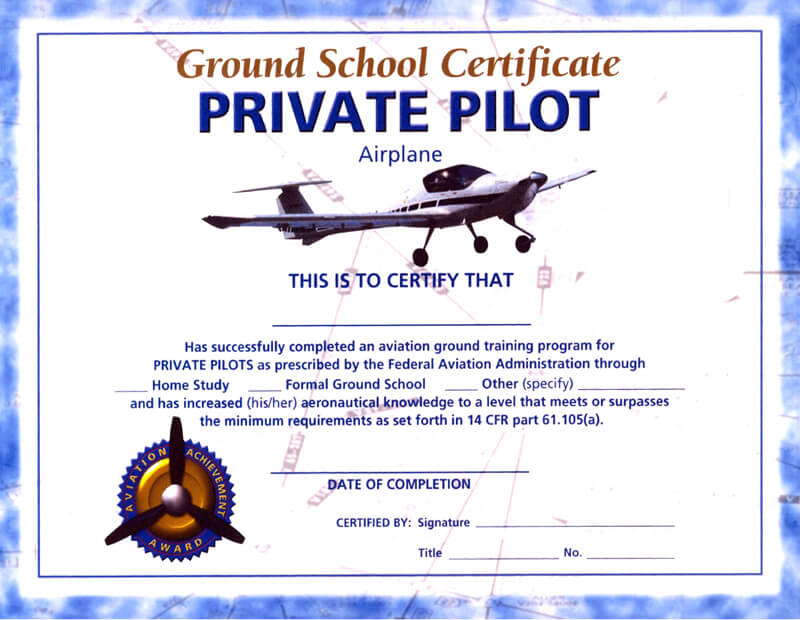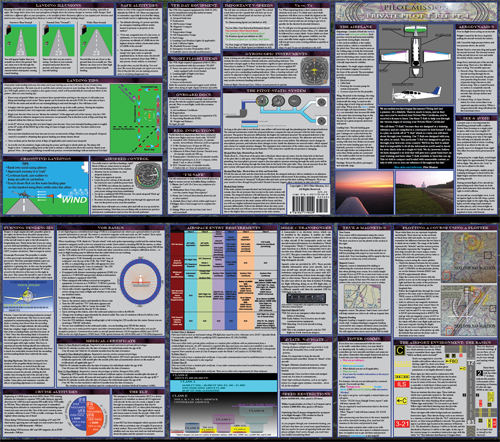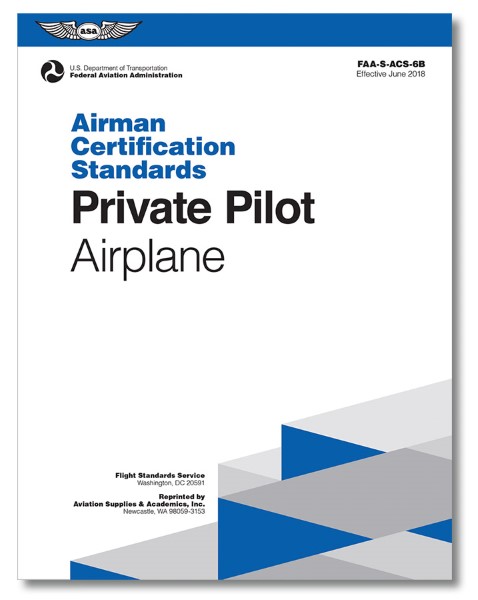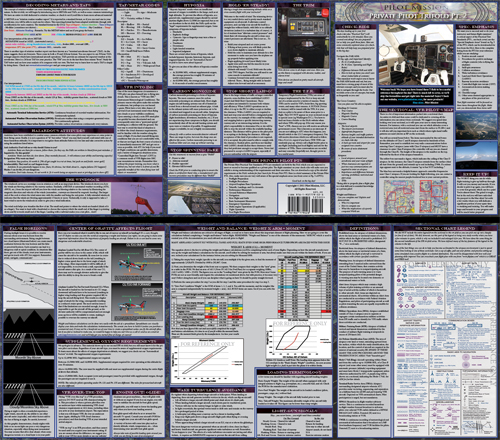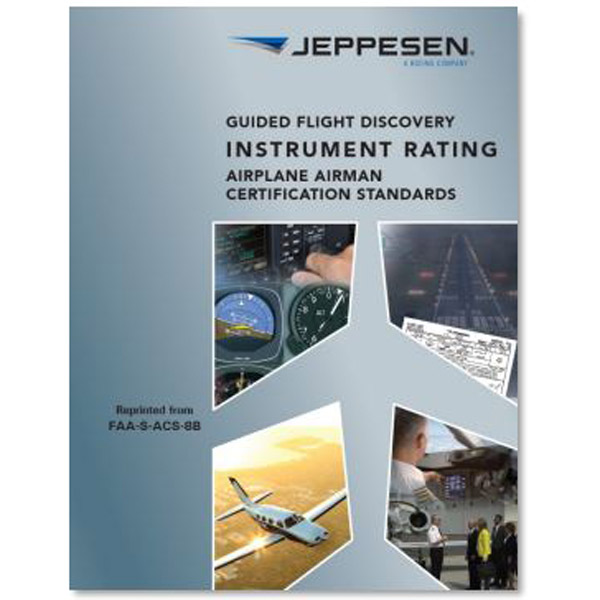The one that gets used! The #1 Tool for passing your CFI Checkride, the first time. This complete, 322-page book contains the tools our flight school has used for decades in training pilots and instructors. Fourteen years in the making, this book was written by Bridgette Doremire, an active Master Flight Instructor and current flight school owner with hundreds of satisfied clients. With significant input from Gene Hudson, another active Master Flight Instructor with decades of experience,
this book contains: - Private Pilot Syllabus: a complete zero-to-Private Pilot course
- Commercial Pilot Syllabus: Private Pilot to Commercial Pilot course
- Private & Commercial PTS Task Topic Lesson Plans: also available separately, these thorough lesson plans contain the standard requirements of elements and completion standards, but go beyond to include the common errors students make when learning the task. A unique "Things To Remember" section on each plan contains over 100 years of combined instruction experience to inspire the new instructor with thoughts on how to teach the topic with tips, tricks, and scenarios, plus the all-important prevention of grey hair and negative FAA attention with mistakes, traps, and gotchas for both the student and the instructor.
- Our Highly Rated Airworthiness Summary: How to survive a ramp check
- Table of Configurations: Makes learning to fly easy as the aircraft configuration remains the same every time and adjusting for current conditions becomes easy in an ready-to-copy page.
- Takeoff Briefing: With many losses over the years, I've become convinced that the only way to survive an engine failure after takeoff is with a briefing conducted before takeoff every time. This gives a sample briefing that covers most events.
- Traffic Pattern Diagram: How to explain to students that a traffic pattern is simply an easily-repeatable recipe.
- Military Intercept Procedures, ATC Light Signals, & PIREPs: An easy-to-copy and distribute kneeboard sheet for students which contain some of the information my students don't have memorized and don't use every day.
- A sample Pre-Solo Written: Sure it's long, but it is comprehensive. While no guarantees are made, the more comprehensive documentation and instruction given, the less likely for anything undesired to happen to the student, and if something should, the better defense one has against liability claims.
- Pre-Solo Written Answers: The new instructor doesn't have to know everything, if one knows where to look.
- Pre-Solo Checklist: Before they go, check that everything is in order.
- Pre-Cross Country Checklist: Before they go, check that everything is in order. Also useful if you are not the original instructor for the student you are about to sign off for a solo cross-country.
- Checkride/Flight Review Study Guide: Comprehensive Study Guide for the Checkride Knowledge and Flight Portion, plus a great study guide for Flight Reviews. If you don't know anything about the pilot wanting a flight review and the pilot doesn't really know what they want to work on, give them this study guide and have them work through it. Many pilots enjoy the challenge, especially when they can brush up on areas that could get them violated without having to pay for it. It turns the 1.0 hours (or more) of the ground review time into a useful review. For students, they should be able to answer every question before going to the checkride.
- Checkride/Flight Review Study Guide Answers: Again, because an instructor needs be able to know where to find the answer if they don't already know it.
- Checkride Checklist: Make the Examiner's life easy by allowing the student to present this completed checklist showing they have met every requirement for taking the checkride. make the student's life easy by knowing all of the requirements have been met, thus their checkride won't contain an unpleasant surprise.
- Flight Review Curriculum: For the pilot that wants a good review and the instructor that wants to provide good reviews, this syllabus for the Flight Review contains many items that pilots are routinely violated for not knowing or complying with, and weak areas commonly found in incidents and accidents.
|



